Coneflowers are among the most popular perennials in Pacific Northwest gardens. These vibrant, hardy plants are beloved not only for their striking appearance but also for their adaptability and ease of care. Whether you're a seasoned gardener or a novice looking to add a splash of color to your landscape, this guide will provide you with everything you need to know about identifying, growing, and !
Understanding Coneflowers

Coneflowers are perennial flowers that belong to the Asteraceae family, which is the family that contains daisies and sunflowers. As such, coneflowers are notable for their large and colorful blooms of ray-like petals, making them a wonderful addition to any flower bed. The species most widely used by gardeners is called Echinacea purpurea, also known as the purple coneflower. Though their blooms are often purple in the wild, they can come in a variety of colors, including white, pink, and red, with finger-like flower petals that often face downward.
What Do Coneflowers Look Like?
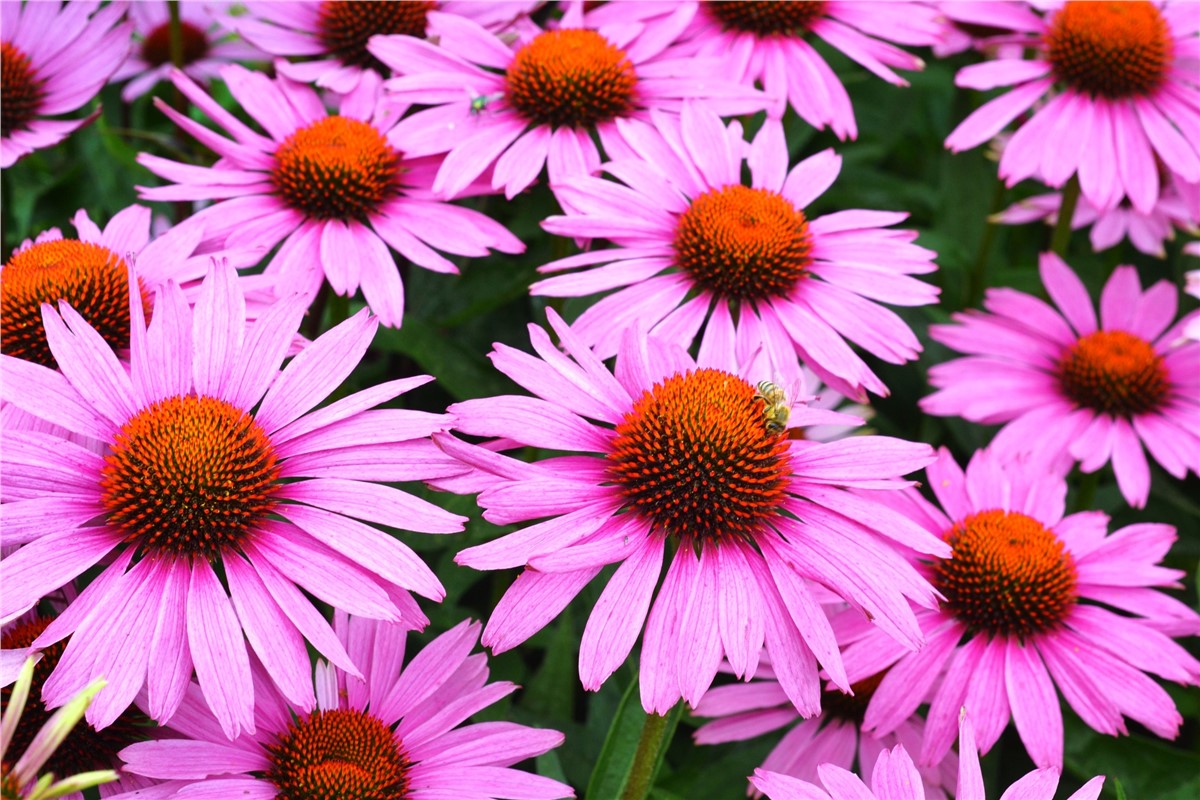
The flowers typically bloom from mid-summer to early fall and can reach heights of up to 4 feet and have differing physical traits depending on the species and growing conditions. Echinacea purpurea, for example, is known for its large, purple-pink petals and orange-brown central cone. The leaves of coneflowers are also distinctive. They are usually lance-shaped, with a rough, sandpapery texture, and arranged alternately along the stem. The foliage is a deep green, which contrasts beautifully with the bright blooms.
Key Characteristics:
- Colorful perennials
- Long, ray-like petals
- Slightly downward or drooping petals
- Large cone of seeds in center
- Long-lasting blooms
- Perfect for sunny spots
Types Of Coneflowers
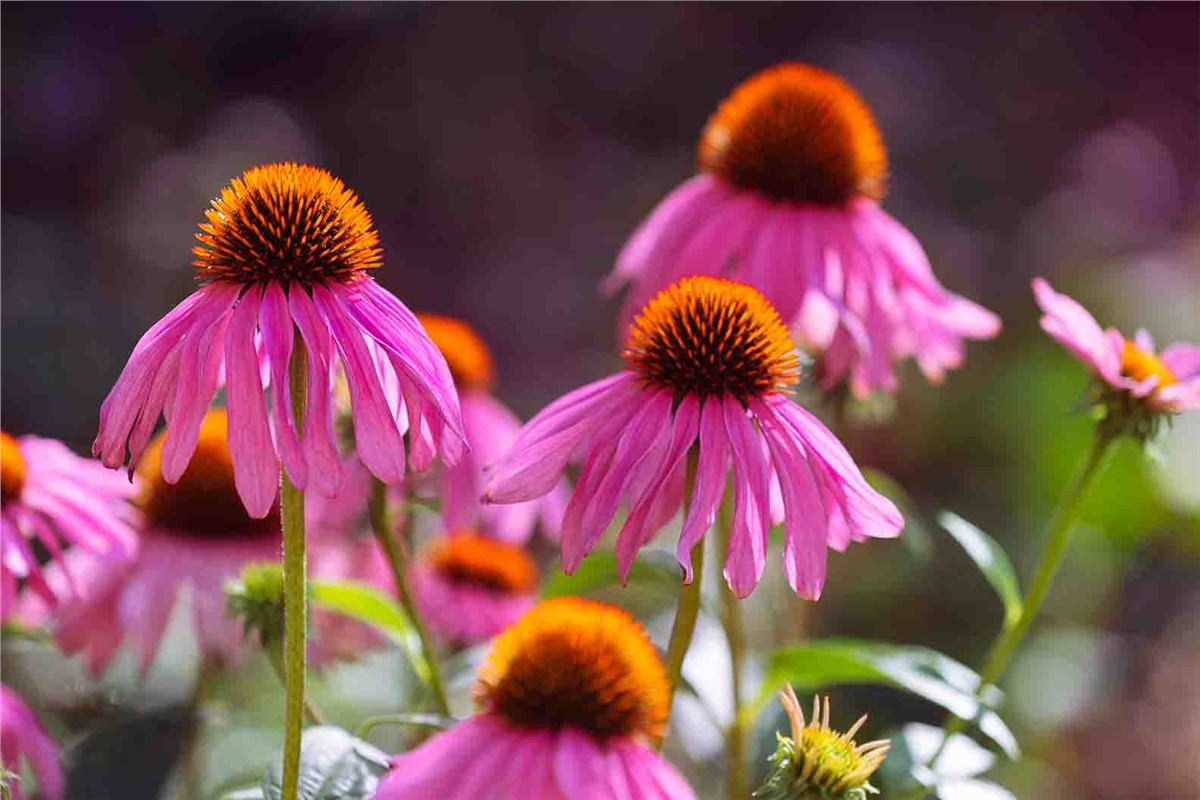
As stated above, Echinacea purpurea is the species of coneflower cultivated for residential yards and gardens, but there are several types of flowers that could be considered coneflower. Any flower with this cone-shaped disk and drooping petals is often referred to as a coneflower. For example, the black-eyed Susan looks identical to a yellow coneflower, and it is often referred to as such. This flower belongs to the Rudbeckia genus, which was once believed to be the genus of all coneflowers. However, true coneflowers belong only to the Echinacea genus and share similar traits.
Within the Echinacea genus, all true coneflowers typically grow between 2 to 4 feet tall in the wild, have slender stems with alternating leaves, are perennials, and have deep taproots (except for Echinacea purpurea). Most importantly, all these flowers open up their blooms to reveal the cone of seeds sitting atop the stem of the plant. The following are the common names for the various types of coneflowers within the Echinacea genus:
- Purple coneflower
- Pale purple coneflower
- Yellow coneflower
- Sanguine coneflower
- Narrow-leaf coneflower
- Smooth coneflower
Where & When Do Coneflowers Grow?

Coneflowers are native to North America and grow naturally in prairie-like grasslands, meadows, or even forests. They can be found in many states throughout the US, but they are native to states and areas east of the Rocky Mountains, including areas in Mexico and Canada. Coneflowers prefer full sun, with some afternoon shade, and well-draining soil that is slightly acidic across all USDA Plant Hardiness Zones 3 through 9, but they thrive best in Zones 5 through 8.
Various species of coneflowers will bloom anywhere from late spring to early fall, with the purple coneflower typically boasting its showy flowers between June and August. For gardeners, you can expect to see these flowers returning in your yard for several years, and they are commonly spread by birds and other animals eating or otherwise dispersing the seeds in the cone. Coneflowers also self-seed and germinate, meaning they can easily pop up in many different areas as soon as the weather is warm enough for germination.
Life Cycle Of Coneflowers
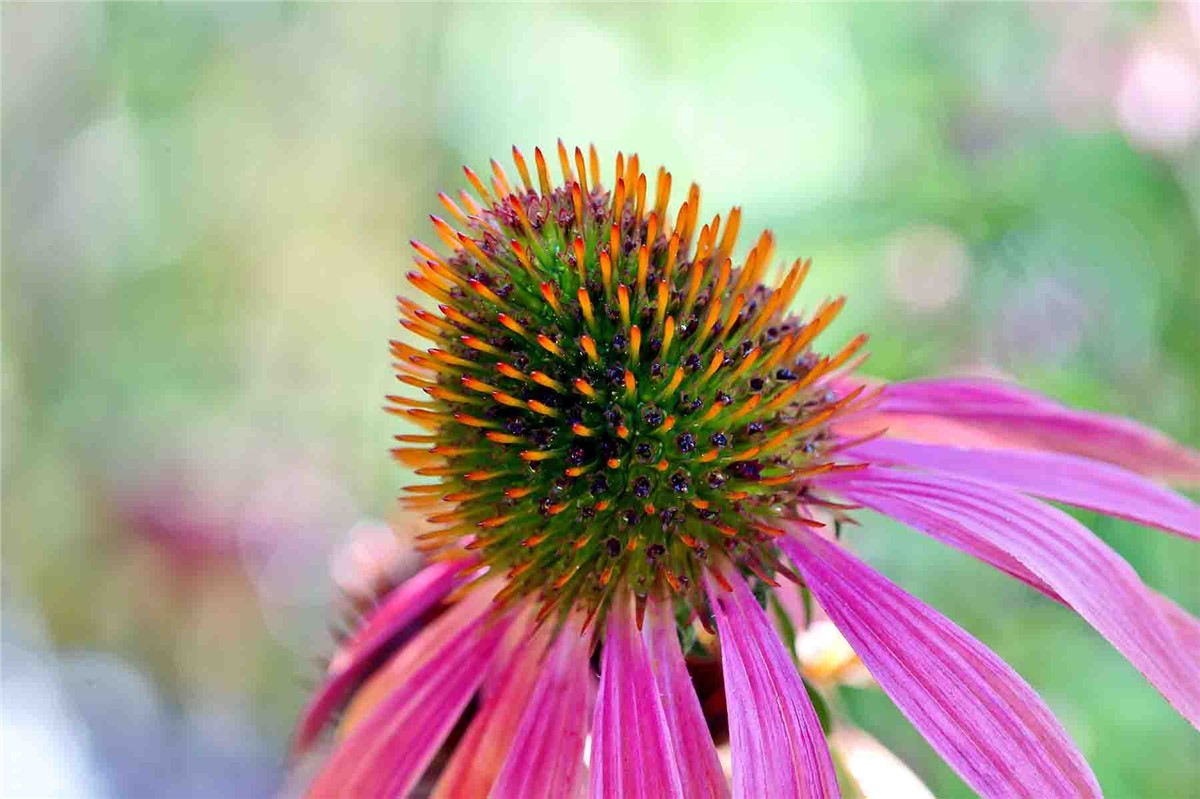
Coneflowers are herbaceous perennials, meaning they live for several years, dying back to the ground each winter and reemerging in the spring. Understanding their life cycle can help you better care for them and ensure their longevity in your garden.
Seed Germination & Early Growth: Coneflowers can be grown from seeds, although they may take a couple of years to reach full maturity and bloom. Seeds can be sown directly in the garden in the fall or early spring, but they require a period of cold stratification to break dormancy. This process mimics the natural winter conditions needed to stimulate germination. Once germinated, seedlings will first develop a rosette of leaves close to the ground before sending up a flower stalk in their second or third year.
Spring Emergence: As the weather warms in the spring, coneflowers emerge from dormancy. New growth begins at the base of the plant, with fresh leaves unfurling and gradually forming a robust clump. It's essential to clear away any dead foliage from the previous year to make room for the new growth and prevent fungal diseases.
Flowering: Coneflowers typically bloom from mid-summer to early fall, with each flower lasting several weeks. The central cone of the flower is composed of tiny florets, each of which can produce a seed if pollinated. This makes coneflowers highly attractive to bees, butterflies, and other pollinators.
Seed Production & Dispersal: After flowering, the petals will eventually wither and drop, leaving behind the central cone, which will dry out and become a seed head. Coneflower seeds are small, hard, and equipped with a tiny tail-like appendage that aids in wind dispersal. You can collect these seeds for propagation or leave them on the plant for birds, particularly goldfinches, who are fond of them.
Dormancy: As fall progresses and temperatures drop, coneflowers will begin to die back. The leaves will turn brown, and the plant will enter dormancy, surviving the winter as a root system underground. It's generally advisable to leave the dead stems and seed heads in place over the winter, as they provide food and habitat for wildlife and add winter interest to the garden.
Benefits Of Having Coneflowers In Your Garden
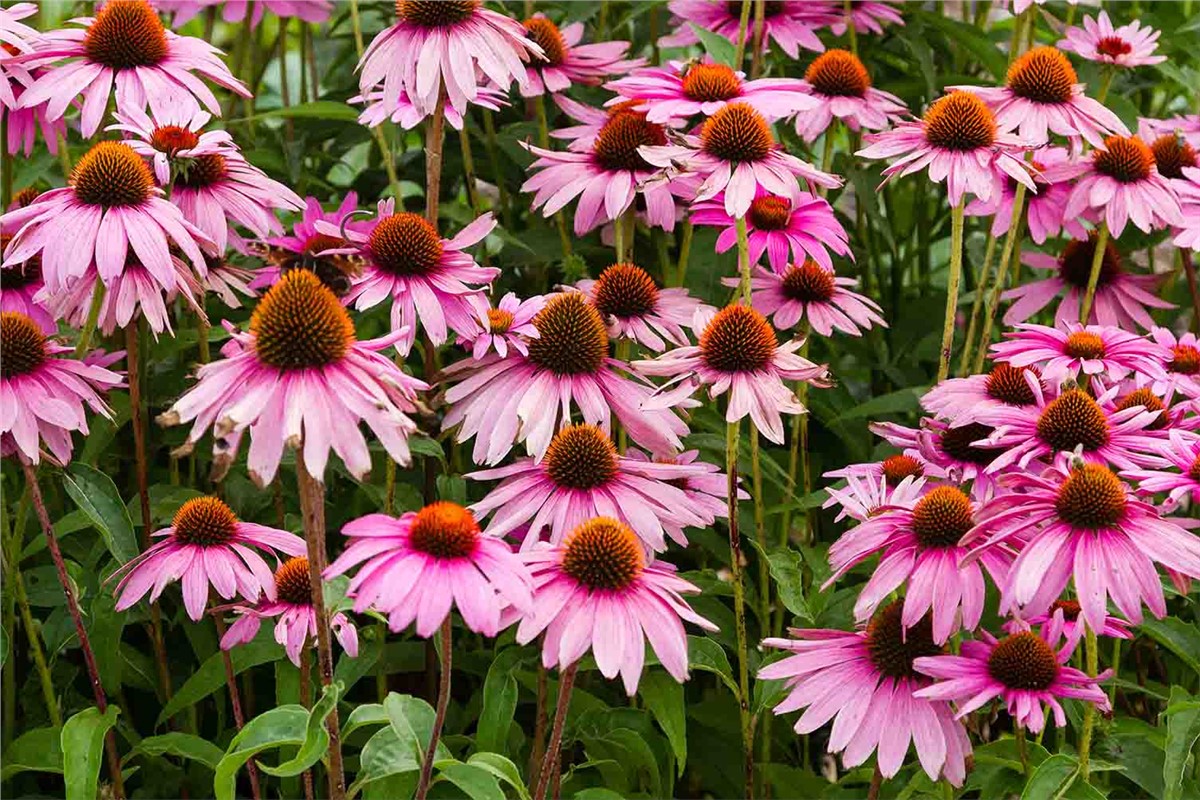
In addition to being an eye-catching addition to any garden or flower bed, coneflowers attract many types of pollinators, including bees, butterflies, and birds. Coneflowers are also incredibly easy to care for, as they require minimal attention and maintenance. They are a great option for gardeners because they don't require much water or fertilizer, but they will still offer beautiful blooms in return! With just a bit of deadheading (removing spent blooms) and light pruning in the fall (to prepare for winter dormancy), you can keep your coneflower beds looking great year after year.
Perhaps the best thing about coneflowers in a flower bed or small garden is the fact that these flowers are not aggressive or invasive in any way. Most coneflowers produce healthy taproots that do not have fibrous offshoots or rhizomes, making them ideal for tight spots within the soil. The purple coneflower, however, has developed a root system of rhizomes and fibrous runners under the soil. Though this system differs from the normal root system of coneflowers, the roots of the purple coneflower are also non-invasive or aggressive, and they actually help to improve soil quality. They often make great companion plants right next to black-eyed Susans or bee balm in your garden.
How To Plant Coneflowers
Coneflowers are highly versatile in garden design and pair well with a variety of other plants. Their upright growth habit and bright, long-lasting flowers make them ideal for mixed borders, pollinator gardens, and naturalized areas. They love full sun and moist soil, but make sure not to overwater them. As perennials, they should live through winter without issue if properly mulched and pruned in fall. Keep these steps in mind for long-blooming coneflowers across your Washington property.
- Choosing the Right Location: Select a spot that gets full sun (at least 6 hours of direct sunlight daily). Coneflowers prefer well-drained soil, though they can tolerate various soil types.
- Preparing the Soil: Loosen the soil to a depth of about 12-15 inches and mix in compost or organic matter to improve drainage and fertility.
- Planting Seeds or Transplants: If sowing seeds, plant them in early spring or fall, spacing them about 12-18 inches apart. Lightly cover the seeds with soil and water gently. For young plants, start coneflowers in smaller, indoor pots, roughly 8 to 10 weeks before transferring.
- Watering: Water thoroughly after planting. Keep the soil consistently moist (but not waterlogged) until the plants are established.
- Mulching: Apply a 2-3 inch layer of mulch around the plants to retain moisture, regulate soil temperature, and suppress weeds.
- Maintenance: Water during dry spells, deadhead spent flowers to encourage more blooms, and cut back the plants in late fall or early spring to enjoy long-lasting coneflowers!
Subscribe to Simple Lawns's Blog




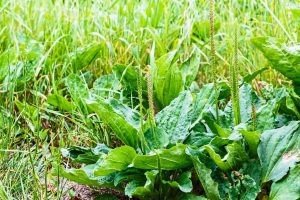
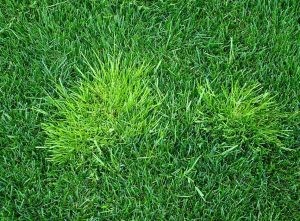
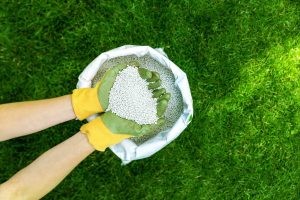


Comments